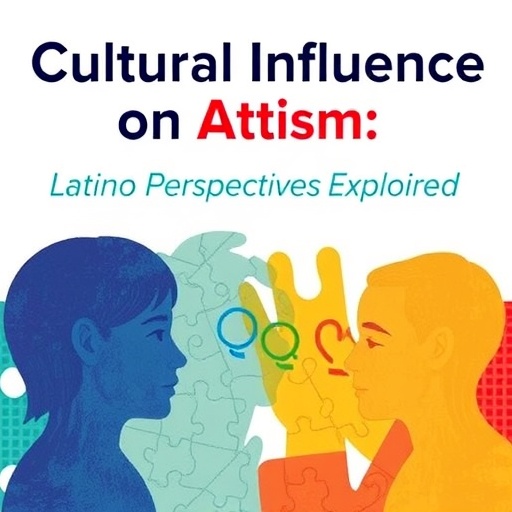What if a smartphone app could help you avoid relapsing back to smoking even before you knew you were at risk? A researcher from the Oklahoma Tobacco Research Center at the Stephenson Cancer Center is developing smartphone-based technology to help people receive real-time tobacco cessation treatment when they are most at risk.
Michael Businelle, Ph.D., Associate Professor of Family and Preventive Medicine, and Director of the Mobile Health core at the Oklahoma Tobacco Research Center, has published a paper in the Journal of Medical Internet Research that demonstrates that real-time estimation of risk for imminent smoking relapse is possible.
Most tobacco cessation research in underserved communities has been conducted in clinical settings where patients are commonly asked to recall thoughts and emotions that triggered tobacco use days, or even weeks, after a smoking lapse. This data collection method can be vulnerable to errors in memory and subject to bias.
Businelle enlisted socioeconomically disadvantaged smokers seeking smoking cessation treatment and asked them to use smartphones to answer questions multiple times each day. The aim was to determine whether the number of reported lapse-risk factors was greater when smoking lapse was imminent compared with moments when a lapse was not imminent.
Results indicated that a lapse risk estimator that combined just six questions (i.e., urge to smoke, stress, recent alcohol consumption, interaction with someone smoking, cessation motivation, and cigarette availability) identified 80 percent of all smoking lapses within 4 hours of the first lapse.
"This research may pave the way for development of smartphone-based smoking cessation treatments that automatically tailor treatment content in real-time based on presence of specific lapse triggers," said Businelle.
"For instance, if a person indicates a higher than usual urge to smoke and slightly lower motivation to remain smoke free, an app could automatically address relapse risk by delivering a tailored message such as: Remember that the urge WILL pass! Even though it might seem like smoking would be pleasant right now, it will only make you feel worse later."
"Interventions that identify risk for lapse and automatically deliver tailored messages or other treatment components in real-time could offer effective, low cost, and highly disseminable treatments to individuals who do not have access to other, more standard, cessation treatments," said Businelle.
According to a survey by the Pew Research Center, smartphone ownership among American adults has nearly doubled since 2011, including among low-income Americans. A recent study of Businelle revealed that of 610 homeless adults in Oklahoma City 72 percent owned active mobile phones.
###
Media Contact
Claire Turmelle
[email protected]
405-271-1333
@ouresearch
http://www.ou.edu
############
Story Source: Materials provided by Scienmag




